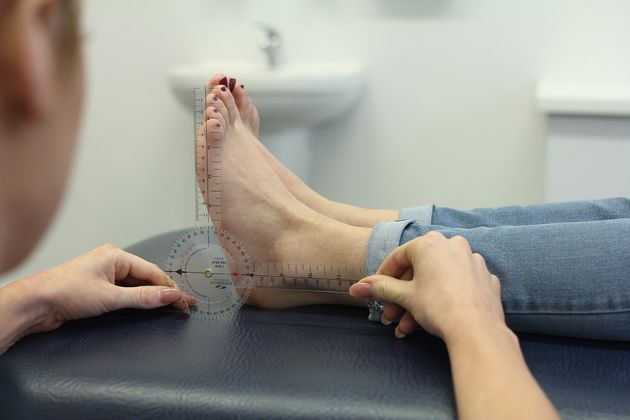What’s your Podiatrist Checking when you walk down the hallway? A Biomechanical Assessment Explained:
If you’ve ever gone to see a Podiatrist with a sore foot, there’s a good chance they did a biomechanical assessment and made you go for a small walk and did some tests. Have you ever wondered what your podiatrist was checking out? Or do you have an appointment coming up and wondering what to expect?
A biomechanical assessment pertains to anything related to movement and mechanics of the lower limb. It can give us loads of information such as:
- The efficiency of your gait pattern and any abnormalities
- How the lower limb reacts with the rest of your body (knees, hips, back, neck)
- Joint flexibility including screening for Joint Hypermobility
- Muscle strength and symmetry testing – to detect imbalances and weaknesses
- Postural alignment including screening for leg length discrepancies
- Quality of movement and balance tests
During these tests your podiatrist might get you walking to do a dynamic gait assessment, sitting to assess reflexes and do non-weightbearing tests, prone (laying face down), supine (laying face up) and standing to do weightbearing tests. We might also palpate (examine) the specific location of the pain. Sometimes Podiatrist will also assess your footwear and its current wear patterns- so it’s a great idea to bring a few pairs of your most frequently worn shoes- including the ones you wear for work and exercises.
Along with your history, presenting complaint and symptoms, these things give your Podiatrist a good idea on the cause of your foot and/or lower limb pain, a diagnosis, prognosis and will be able to come up with a treatment plan suited for you. If deemed clinically necessary your Podiatrist may also refer you for imaging (X-ray or Ultrasound). Afterwards they will be able to help come up with a treatment plan tailored to your needs and answer any questions you have.

